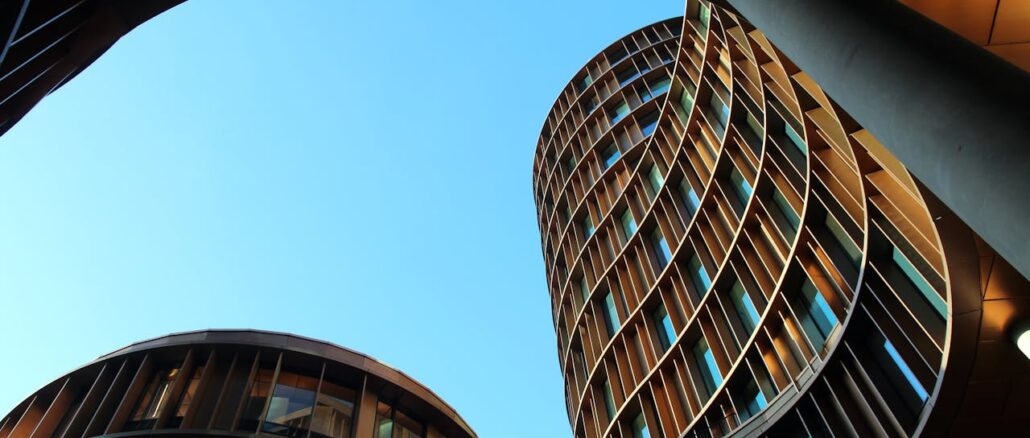
In the realm of luxury architecture, adaptive reuse has evolved far beyond a pragmatic response to urban constraints; it is now an expressive design language in its own right. At the heart of this approach lies a sensitive engagement with materiality – particularly texture – as a means of preserving architectural memory while creating new narratives within existing structures.
Texture as a Narrative Device
Within adaptive reuse, texture is more than a visual detail. Aged stone, weathered timber, and exposed brickwork serve as tactile records of time, anchoring the reimagined building in its historical context. Contemporary insertions – typically clean-lined, muted in palette, and materially restrained – create a deliberate contrast, allowing the original fabric to retain its visual primacy.
The juxtaposition of rough and refined surfaces is not merely aesthetic; it also underlines the architectural ethos of dialogue between past and present. Where the brief calls for luxury, restraint becomes the measure of success – curating materials that quietly elevate rather than overwhelm.
Structural and Design Considerations
Working with existing buildings presents both technical constraints and design opportunities. Floor-to-ceiling heights, structural spans, and daylight penetration often inform the spatial planning, requiring close coordination between architectural and structural teams. Integrating new infrastructure – whether underfloor heating, discreet lighting systems, or acoustic treatments – must be achieved without compromising the building’s original character.
In such projects, the architectural response must be highly contextual. Whether repurposing a Victorian warehouse or a 19th-century townhouse, the intervention must be legible as contemporary, yet deferential to the spirit of the original structure.
A Craft-Based Approach
There is a noticeable return to craftsmanship in adaptive reuse projects, particularly in bespoke detailing. Hand-finished plasterwork, in-situ joinery, and lime-based paints are increasingly specified – not merely for their visual appeal, but for their environmental and heritage-compatible credentials.
This detail-driven approach reflects a broader shift in luxury architecture toward authenticity and permanence. It is also where an experienced architecture studio brings value – balancing creative vision with the technical rigor needed to sensitively transform existing fabric into sophisticated, enduring spaces.
Conclusion
As the architectural industry moves further towards sustainability and cultural preservation, adaptive reuse will remain a critical avenue for innovation. By honouring the textures and materials that tell a building’s story, architects can craft spaces that resonate not only through design excellence but through the quiet, powerful presence of history retained.
Photo by Pixabay:

